Of all Turkish claims to invention – a list as varied as the submarine, the croissant, yoghurt and the marching band – the snowboard seems the most improbable. None of these things is immediately associated with Turkey today, at least not the way one thinks obliquely of mosques, dervishes, rugs or rotating skewers of lamb.
I went to Turkey to try and find something truly novel, at least to me. There are some 53 ski centres across the country, and I wanted to visit three of them, on three different mountain ranges, over two weeks.
Kartalkaya
I kicked off my tour at Kartalkaya, where I, a casual skier, was heartened by all the crashing going on. “It reminds me of the 1980s,” said a British visitor I met on the lift. He didn’t just mean the haircuts and garish outfits. “It’s calm here, nothing serious. People crash out a lot.” It was true: I saw some spectacular wipeouts during my sojourn at this resort in the Köroğlu Mountains. It gave the whole thing the feeling of a pastime rather than a status-bound sport. What a relief, my first day on a Turkish slope, to see that amateurism was alive and well.
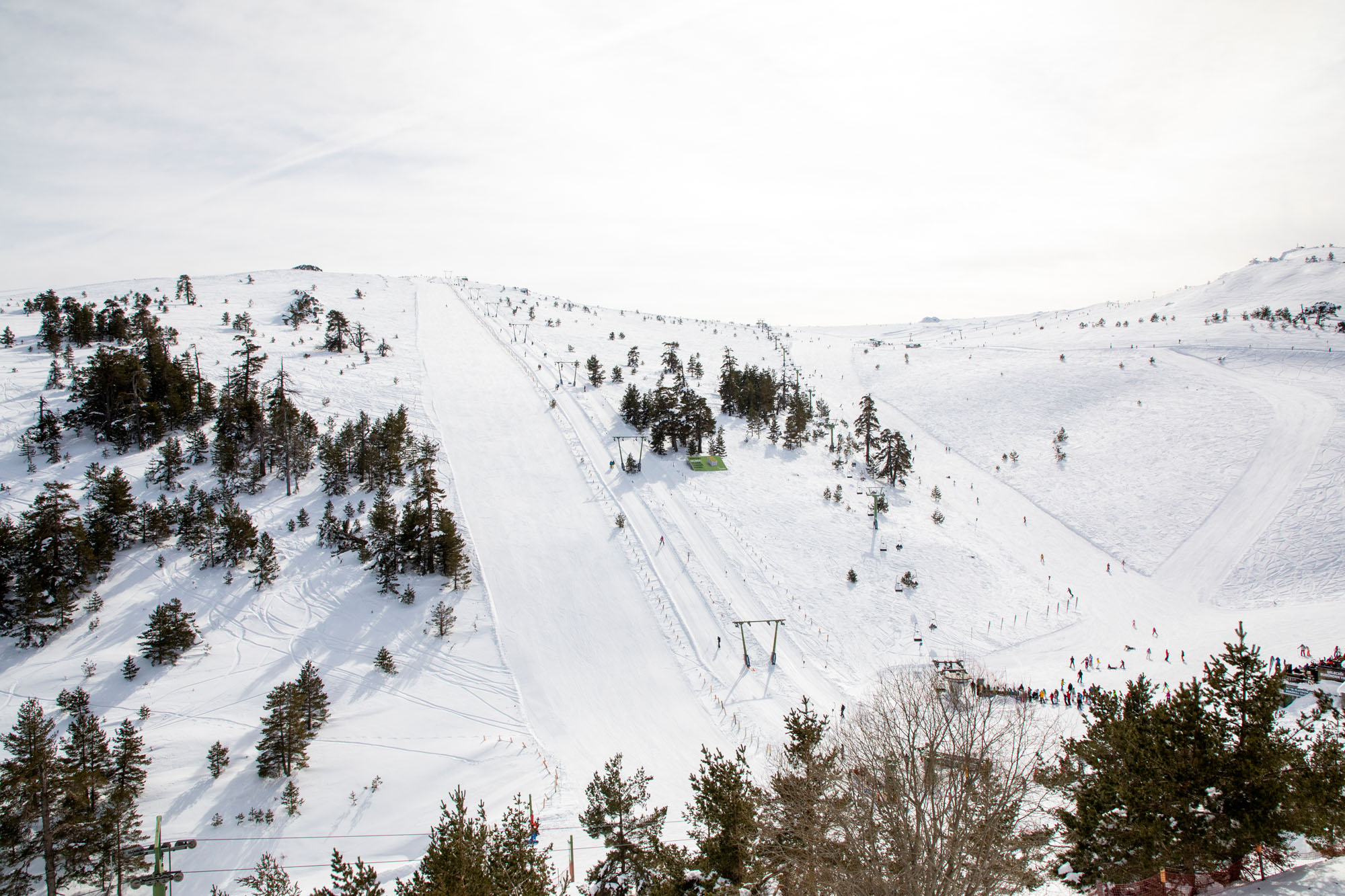
There is still much to recognise from ski hills across the world – the same puffy jackets, prismatic sunglasses, dripping noses and apple cheeks – but there are local quirks, too. The queue for the chairlift wasn’t so much a line but a shuffling crush of skiers and snowboarders. People were polite, though without a little initiative, you’d languish at the bottom forever. And you encounter the unrelenting need for tea, anywhere and everywhere, as I did, nearly careening into a group that had settled beneath a rise in the woods, skis stuck in the snow, enjoying the güneri – the diffuse light of the forest, slim-waisted tea-glasses in hand.
With most people sticking to the piste, the tree skiing – which Kartalkaya is noted for – was the place to find the good, deep powder. A good run through the bush took me 20 minutes, top to bottom. On piste, the black diamonds were fast but manageable, somewhere in the neighbourhood of a Rocky Mountain blue run.
Typically, the ski season runs from December to April across the country, snow- and elevation-dependent. Kartalkaya hill, which caps out around 2,300 metres, had already received a good dump for the year, and was getting more: large, heavy flakes were promising a clean sheet for the morning. Pale darkness descended, leaving only the orange fuzz of the piste markers. By that time, I was already ensconced at the Kaya Palazzo hotel, eating roast lamb with Aleppo peppers and stuffed grape leaves, and downing white Turkish wine.
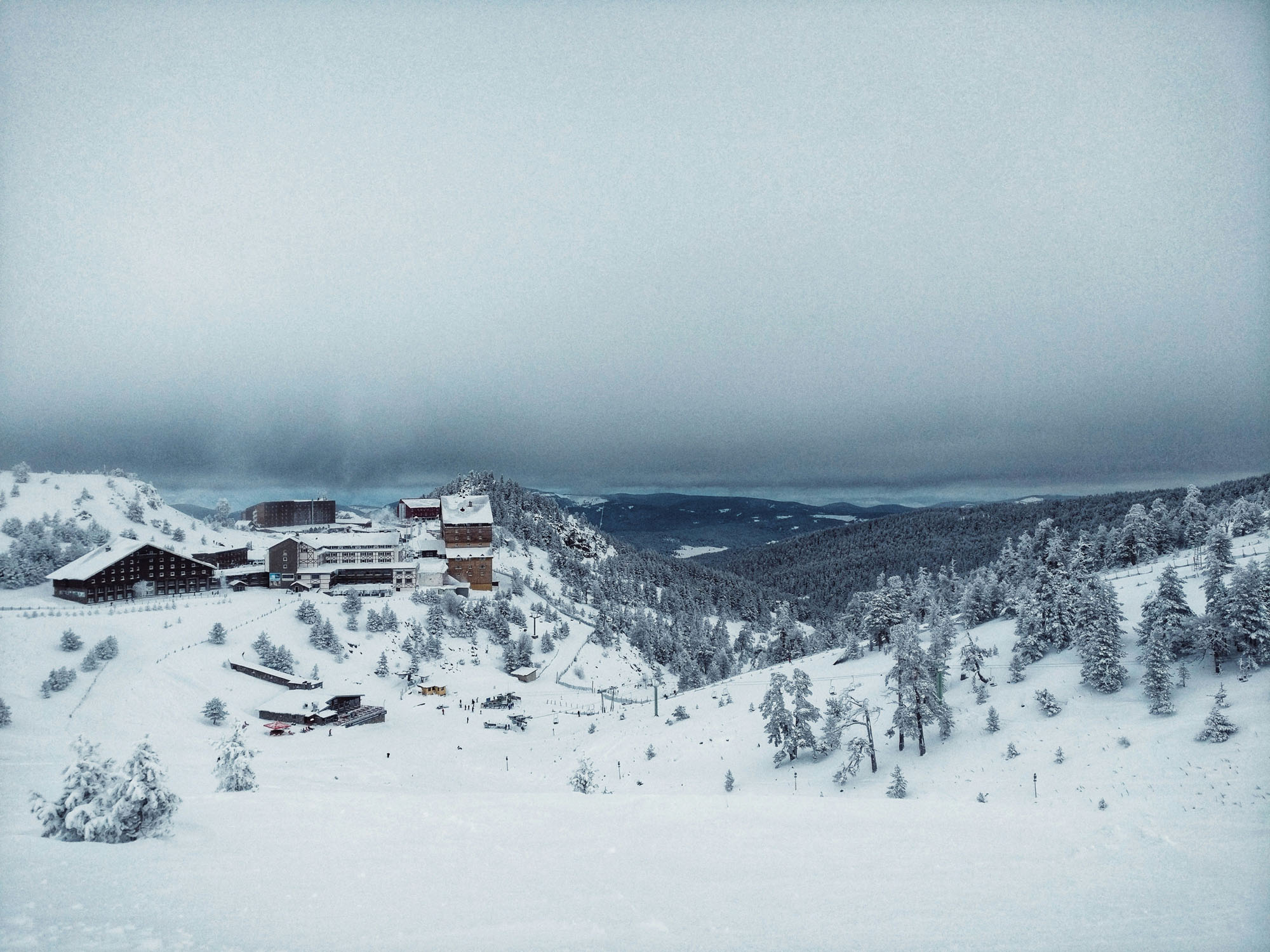
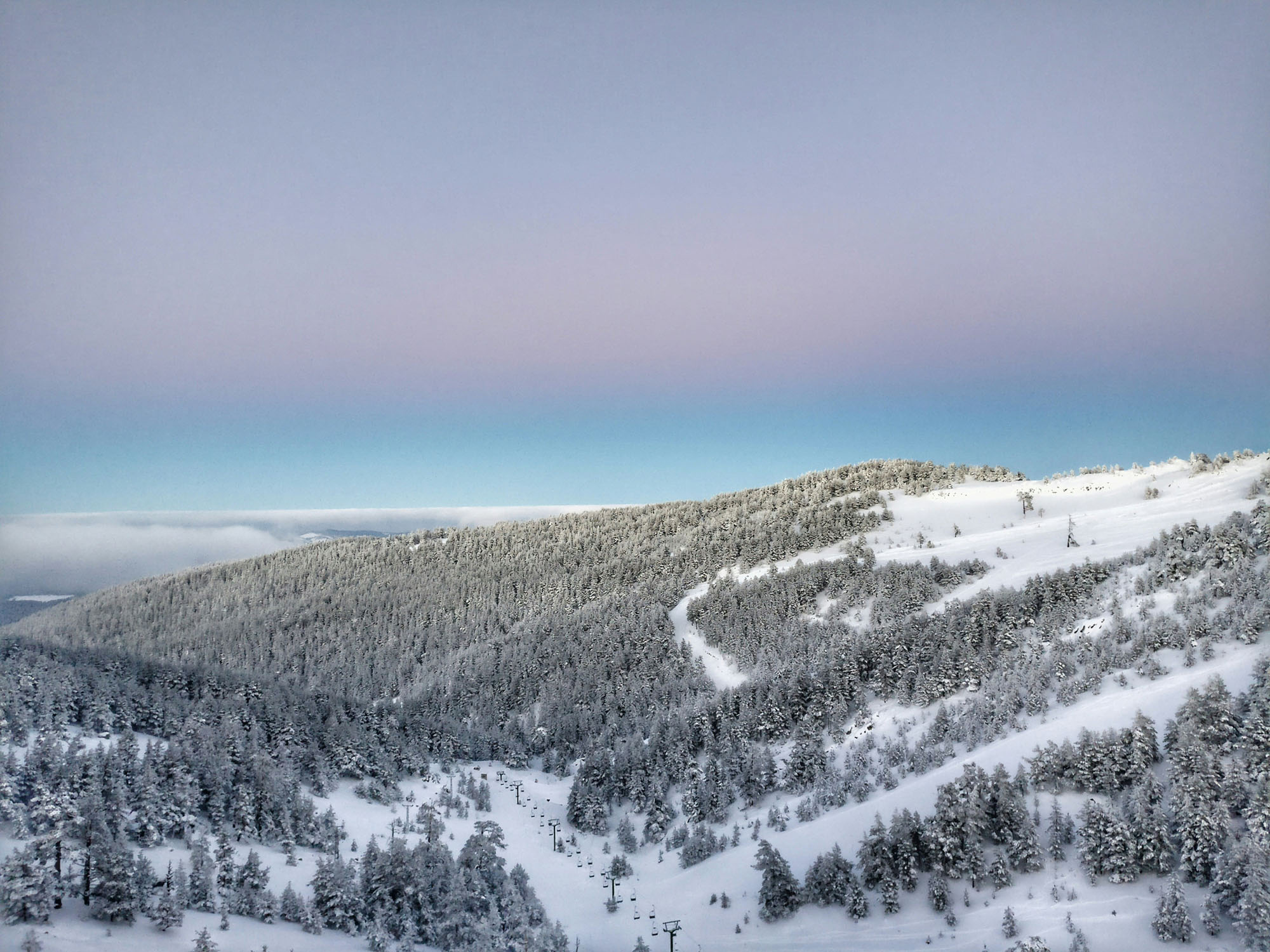
The morning arrived clear and blue; from my room, I could see the top of the mountain. Twenty minutes later, I was there on the fresh powder. Only the rabbits had beaten me. The solitude of the morning – the same each day of the four days I was at Kartalkaya – was bliss. The early-morning privacy of the hills was another quirk, one attributable to a mix of the mid-hill Palazzo Lounge, which throbbed with dance music and dancers from 4pm each day, the crowded Swiss fondue restaurant, and even the free box of Durex provided in the rooms. Safe to say, some guests weren’t there for just the skiing.
Palandöken
After I had skied-out Kartalkaya, I flew east, to Erzurum, capital of twin minarets and the horizontal cağ kebap (Turkish Airlines flies from Istanbul to all ski-adjacent cities across the country). I arrived at night, the city sprinkled like gold dust in the black valley. The Palandöken ski resort, illuminated for night skiing, unfurled on the mountainside like an alabaster tongue. Located almost within the city itself, Palandöken is the largest ski resort in Turkey, with 56 pistes running some 60 kilometres. A planned connection with Konakli resort will soon add another 11 kilometres.
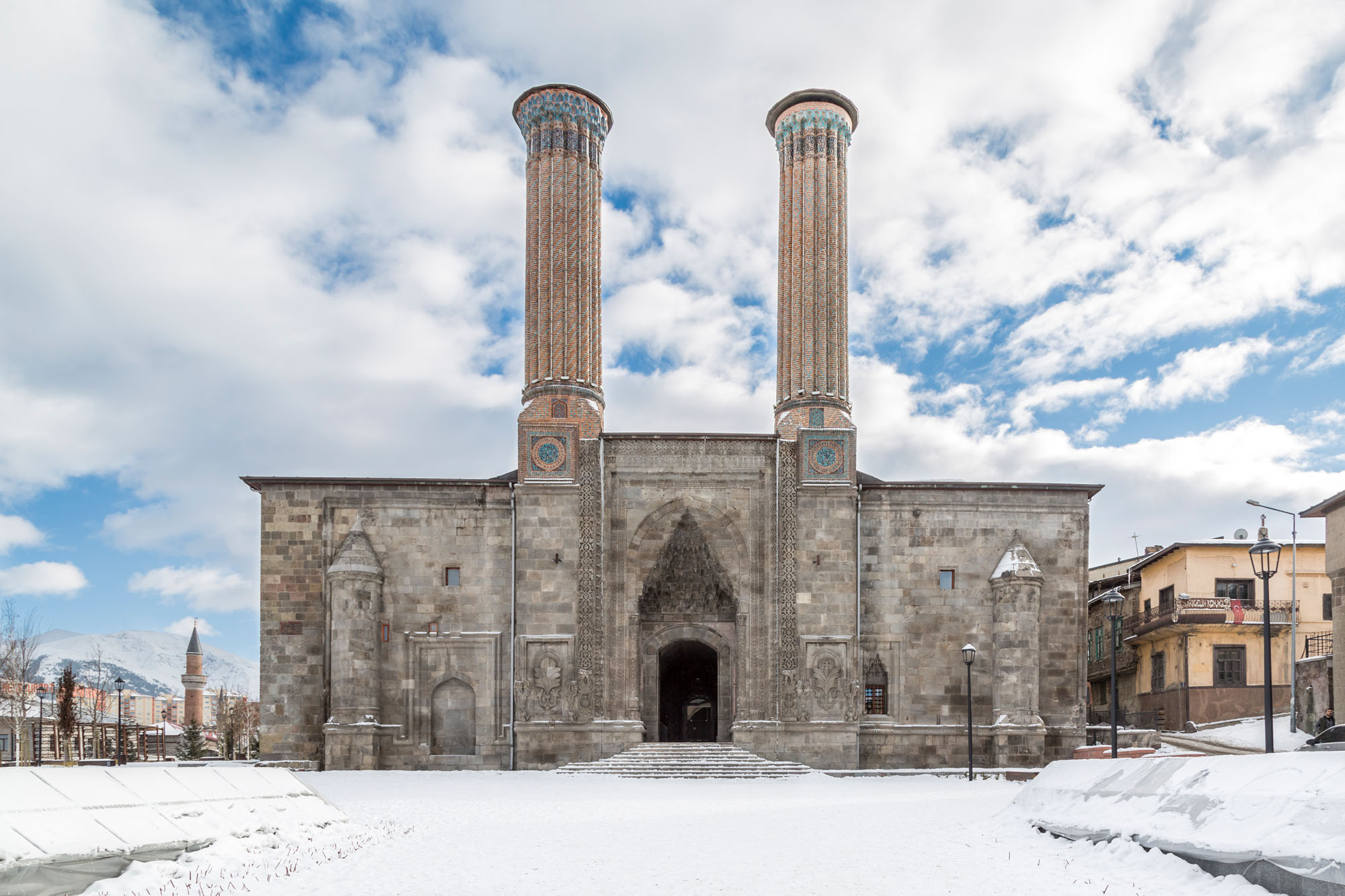
When I later thought of the Turkish winter, I saw steaming tulip-shaped glasses of tea and rocky peaks covered in a meringue of snow. I also tasted roasted meat and recalled the clean scent of cucumber and mint. And I pictured Ismail’s long frame gliding down the mountain, aping those other skiers.
“Look! Look at me!” That was Ismail, leaning forward on his skis and sticking out his rear. “Look! American style!” He shifted, spreading his legs wide, his arms at his side, his ski poles loose and skipping on the snowpack. “This Russian style!” Then he drew his legs together and did a wide slalom. “Alpine style!” Someone ahead of us, apropos of nothing, tumbled to the ground and lay sprawled on the piste. Ismail pointed as we glided past him. “Look, look! Turkish style!”
The skiing at Palandöken was more difficult than at Kartalkaya. The mountain was much higher and steeper – a combination of gondolas and chairlifts took one to the 3,271m Büyükejder peak – with more difficult runs, and more people. Not all were skiers or snowboarders: there are more cafe stops on the slopes of Palandöken than on the road from Erzurum to Trabzon, and it wasn’t uncommon to see people on the hill in their walking shoes, sipping çay and wobbling at the edge of the piste while skiers zipped past. For the price of a snowmobile ride to the top of the mountain, you could rent a nicely furnished apartment in Erzurum for a month. But day passes were cheap: 700 lira, or USD20, and two people could get a combined three-day pass for a little less than USD90.
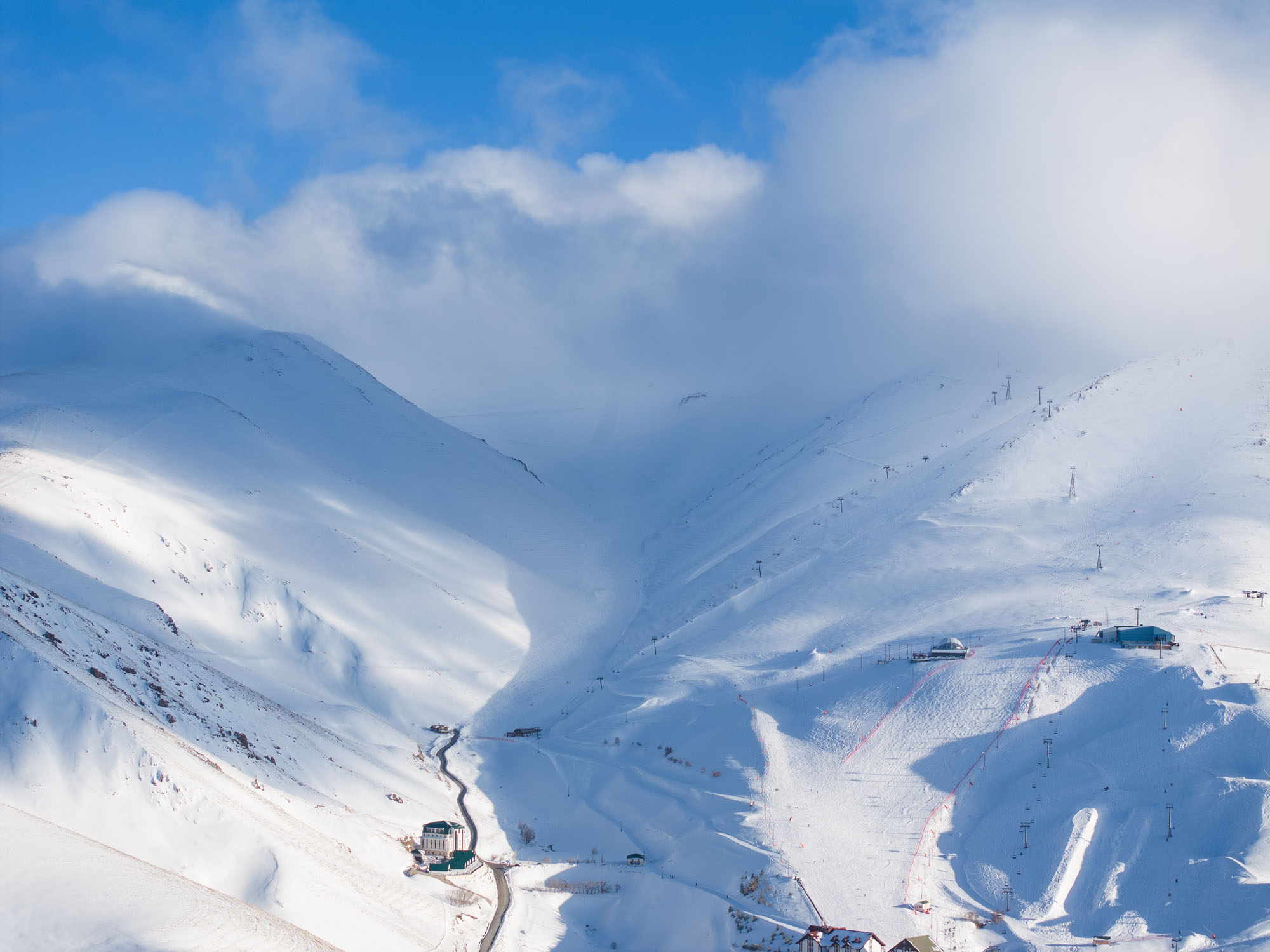
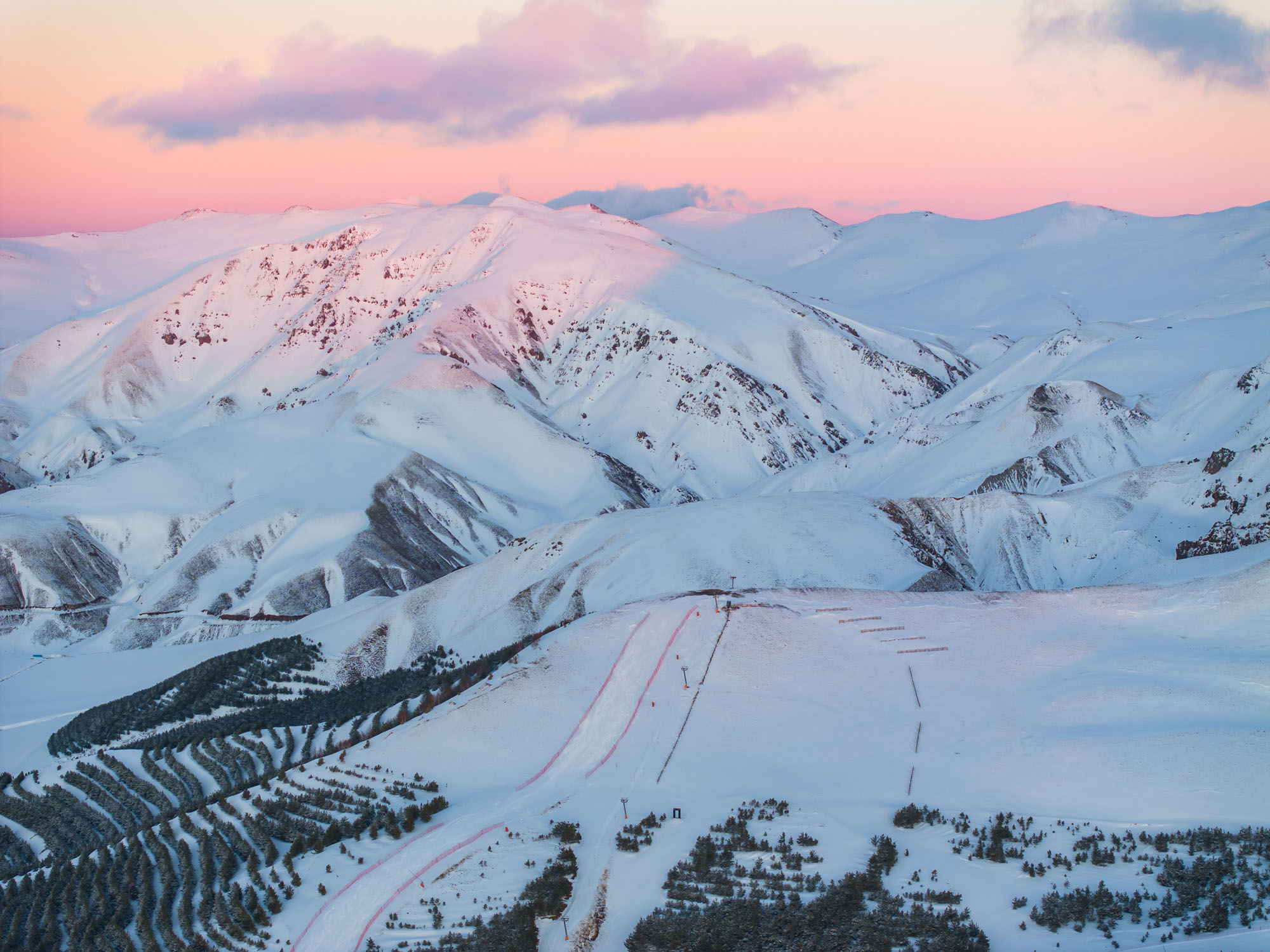
Ismail, who I met on the gondola, proved to be a treacherous skiing partner. The slopes of Palandöken are steep, some with a nearly 60 per cent grade, and, after watching me bail on a hard-packed blue run, he decided it was time to move to the black diamond. It was as slick as a peeled almond, but he sent me down with a “Go!” When I crashed and looked to find him, he was making a sinuous snowplough while lighting a cigarette.
That evening, I nursed my bruised side on the terrace of the Polat Palandöken and watched the night skiers drip down the side of the mountain, like black poppy seeds across a white sheet. Kartalkaya had been full of day trippers from the big cities (it’s only three hours from both Istanbul and Ankara); Palandöken had a wider reach: Russians, Azeris and a Swedish racing team were here. I talked to Ahmet from Istanbul, on day two of his ten-day annual ski vacation. And there was a Welsh family who came every year. “Better than the Alps,” they said.
Erzurum is a sporting town, full of mountain bikers, campers and ice climbers; it is “the centre of Turkish skiing”, according to Gökhan Hisarciklilar, a mountain guide I met at Alpin Outdoor, a sporting-goods store in the city centre, and “a better shop than anything in Istanbul”. We fell into conversation, talking about the backcountry skiing around Van, and heliskiing near Kars, and soon realised we were next headed for the same place, Ovit Mountain in the Kaçkar Mountain range.
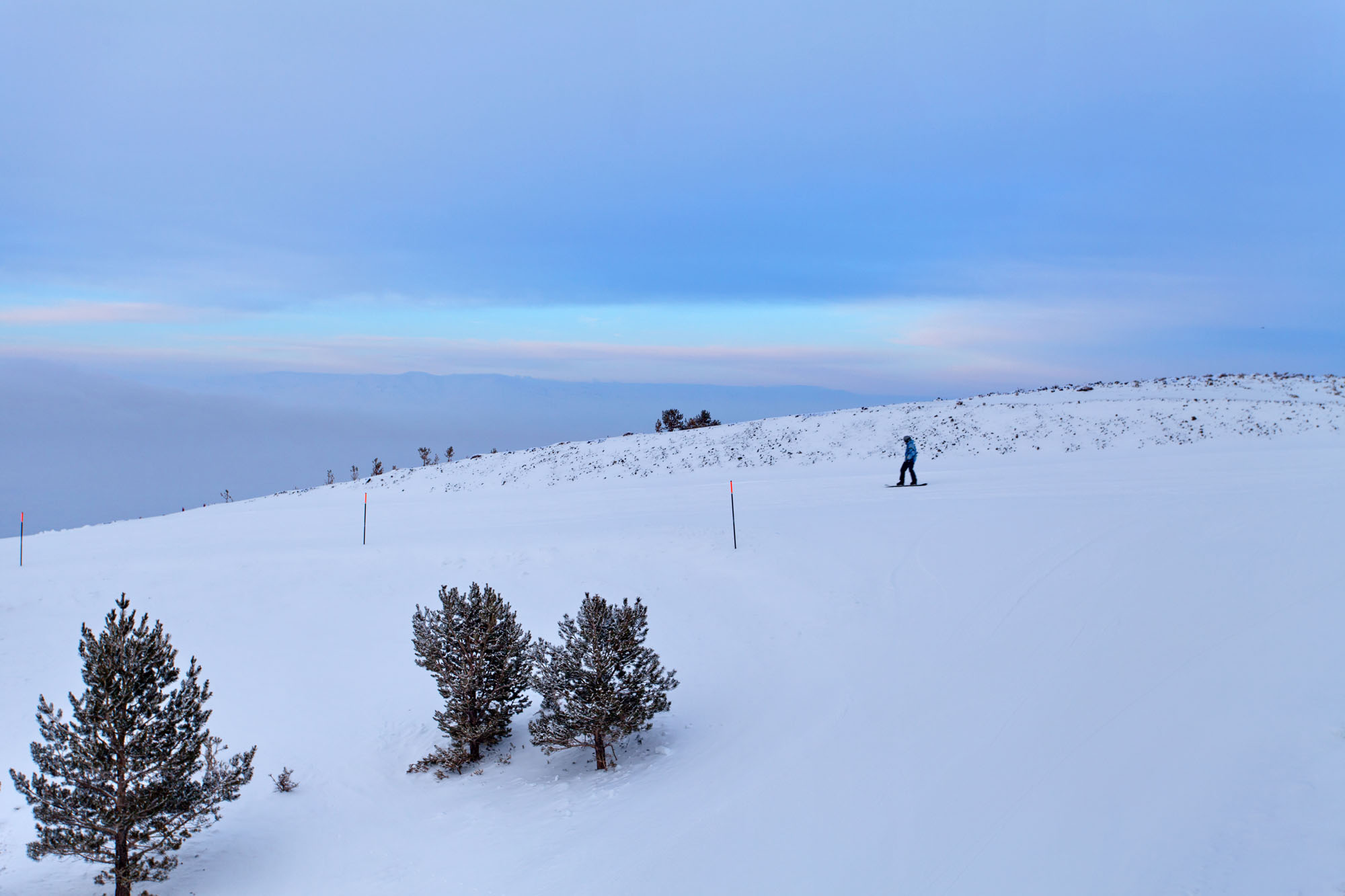
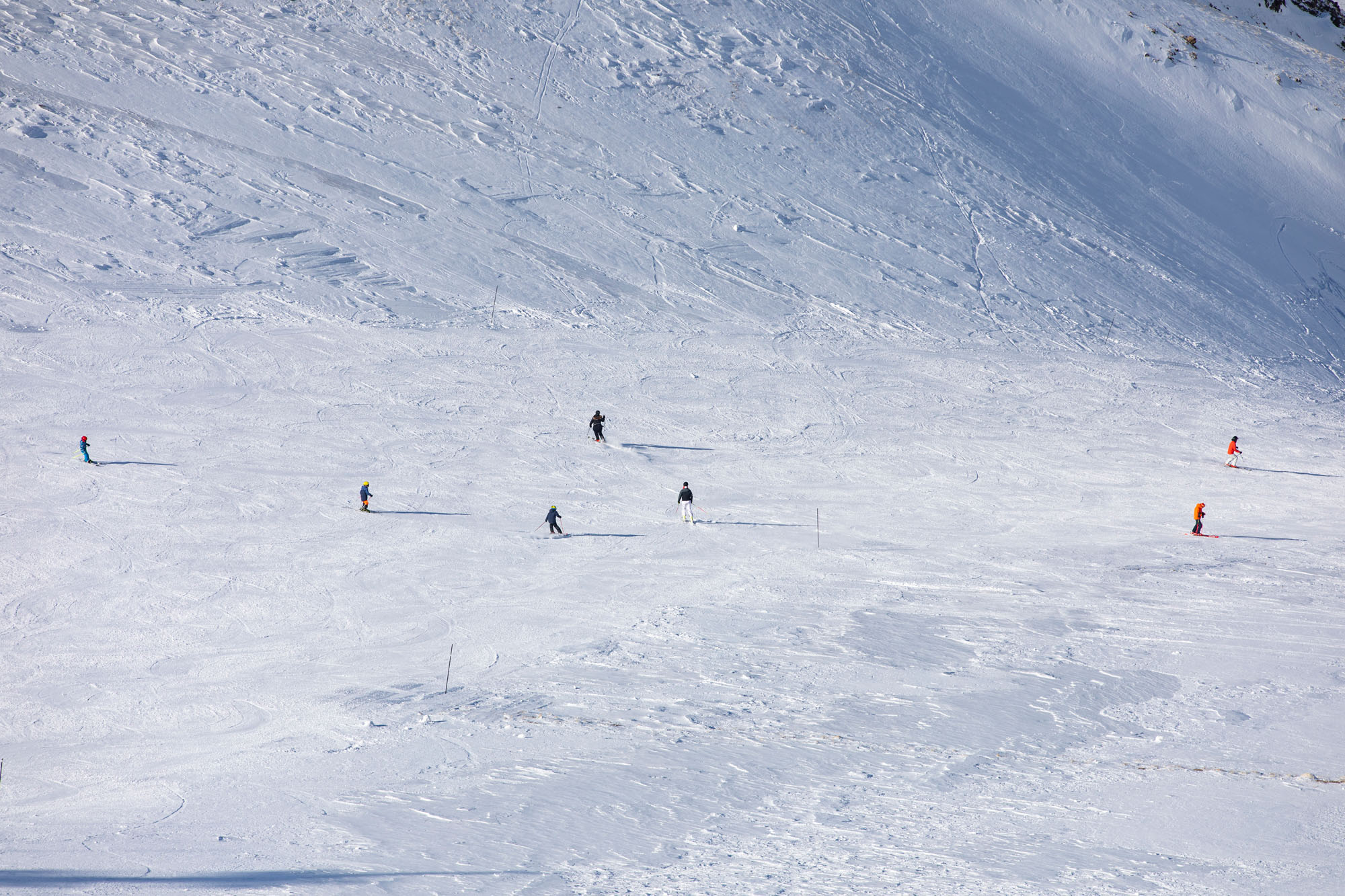
Kaçkar Mountains
Piste skiing had been good fun, but I’d moved away from what I’d come to Turkey for: the origins of the sport in the clean, marmoreal mountains of the north. A few days later, found myself on a road from Erzurum through a countryside of ancient spareness. Shepherds rallied herds of sheep; old women sat beside roadside stalls offering heaps of brightly coloured fruit; dwarfish houses of cinder block and tin dotted the countryside. The snow deepened as we rose, and as the sun dipped below the crest of the mountain range, the white brilliance of the snow darkened to a deep blue.
It was here, in the long winters of the Kaçkar, that 18th-century Turks used planks of wood called “lazboards” (or “petranboards”, from the Kaçkar village of Petran) as a means of getting from town to town. Today, the snowmobile is preferred, and in the high altitudes, where villages like Ovit sit – at 2,640 metres – it is the only way to travel over the mountains.
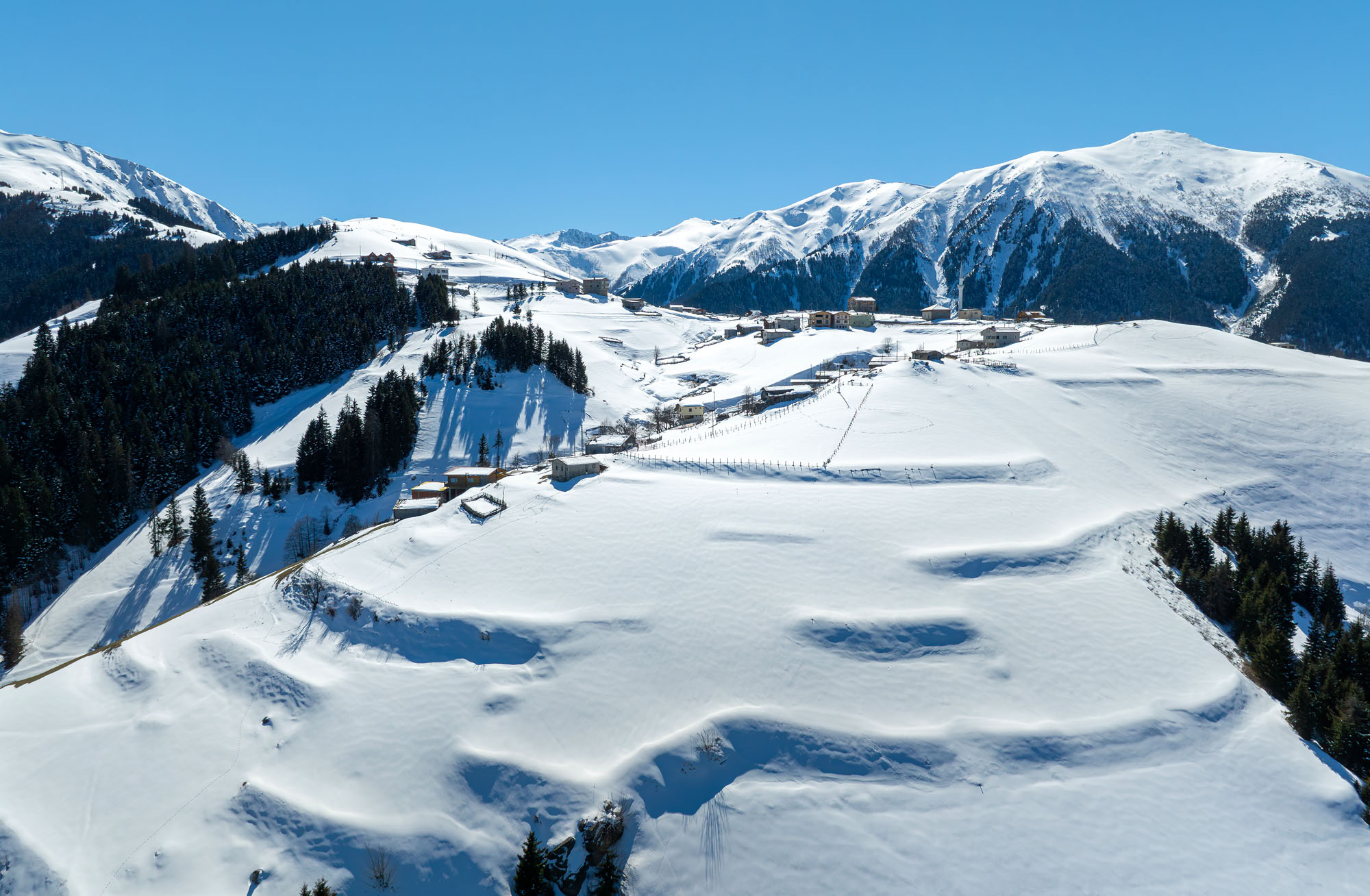
That was how I split the distance between the highway and the Ovit 2640 Hotel – on the back of a Ski-Doo, with hotel operations manager Yigit Harut blocking the windchill. Despite its remoteness, the Ovit 2640 was cosy and well-stocked, with comfy couches, good coffee and wifi. The cook, who also ran a successful restaurant in Istanbul, provided us with daily Turkish provender – kofte, roasted lamb, fresh salads, baba ghanoush.
That night, I was the only guest, but a group of ski-tourers was expected. “The Swiss are coming, the Swiss are coming!” Yigit kept saying. I asked about the forecast. He cracked his knuckles and said, “Maybe snow. Or clear. Storms come in quickly here. It’s 50/50.” That was typical of my experience: there seemed to be a duality to almost everything – not to mention uncertainty.
In the morning, the Swiss did arrive, along with Gökhan, my conversation partner from Erzurum whom they had hired as a guide through his company Montis Expeditions. The Swiss, it turned out, were not Swiss at all. They were Spanish, Canadian and German, but because they had all flown in from Zurich, the name stuck.
I joined the Swiss, and Gökhan, who picked a first destination, the saddle of the northern mountain, Gültepe, or Rose Hill. At 3,200 metres, it was the same elevation as Austria’s Dreiländerspitze peak, or Japan’s Mount Kita. We climbed in a steady single file as slips of cloud moved like lace curtains, hiding and revealing the valley in turn, and turning the sun into a rainbowed coin behind the lace.
There was a weightlessness of happy exhaustion when we arrived at Gültepe, where tiredness quickly transformed into ecstasy. A shim of the Black Sea was visible to the north. The Swiss took a moment to enjoy their solitude. Alex leaned forward on his poles. Françoise took pictures. Max passed around a flask of raki. Lars began deskinning his skis. The group was used to the bustle of the Alps, where, Alex said, “you’d have chalets on the mountain, you’d have other skiers. There’s reassurance in that, but this is something different. This is untouched. I mean, there are only six people here! For miles, it’s just us.”
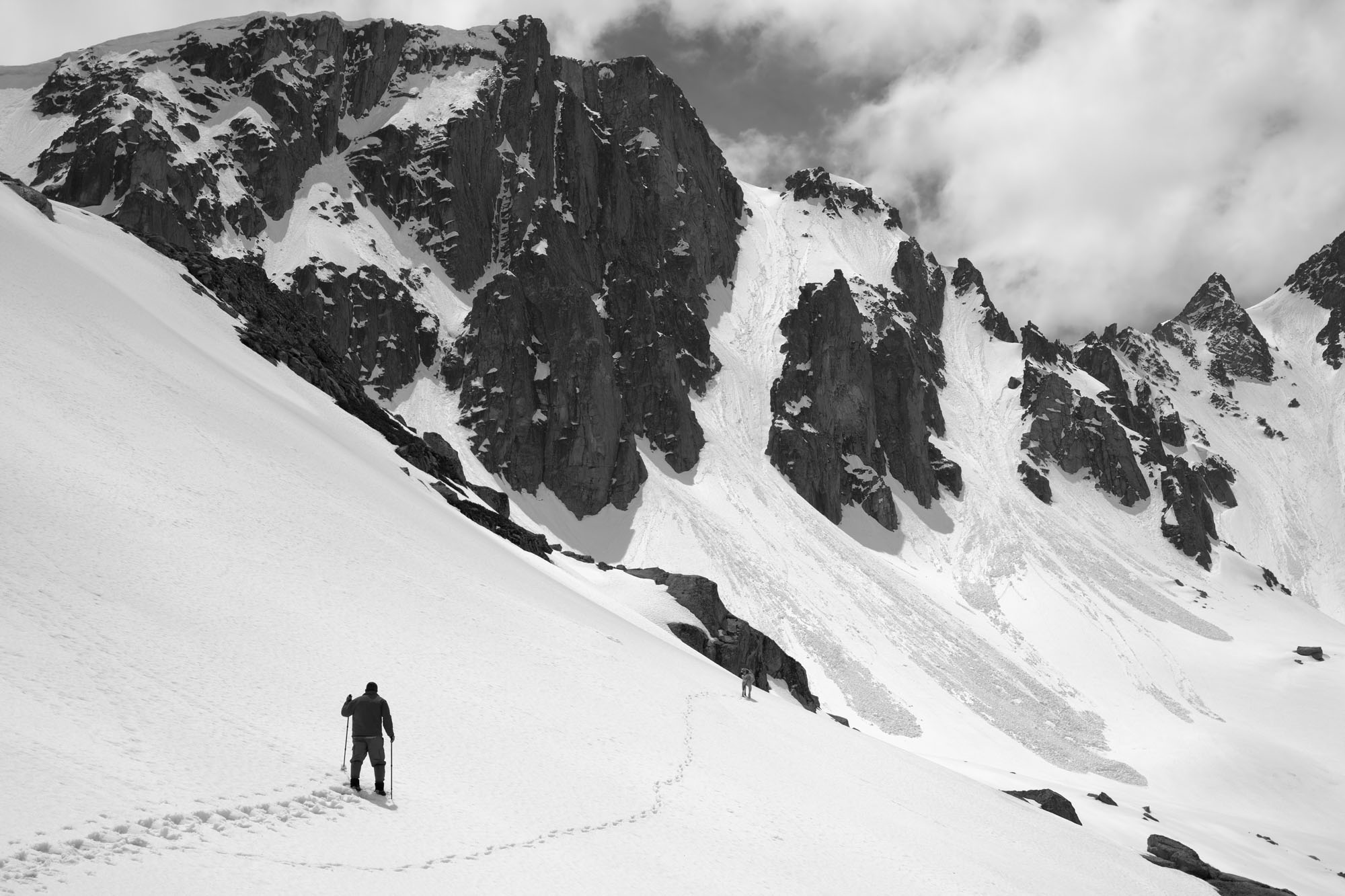
Ovit town was a collection of little cubes, and smoke rose from the chimney of the hotel. In the cold, still valley, it was life. It was a pleasure to know the only fire burning was there for us, the only warm beds were there for us, the only beer was there for us.
The Swiss went ahead, and I watched them carve beautiful lines in the untouched snow. I stepped out of my snowshoes and onto the petranboard. It was difficult to master – the technique was one I, as a skier, was unaccustomed to, and I crashed a good few times. Eventually, I got going and, using a ski pole for balance, travelled at a steady pace. For one short, unbroken moment I sliced through the snow for several hundred metres.
The Swiss were waiting for me on a plateau, and had been watching. Gökhan said, “That may be the longest run anyone has ever made on a petranboard.” There are few records kept in the Kaçkars. Snowfall, avalanches and animals come and go in the anonymity of the backcountry. It makes having a collective knowledge difficult, but it makes setting records easy. It was a title I was happy to claim – and a reminder of just how much, and little, has changed in these mountains over the past few centuries.



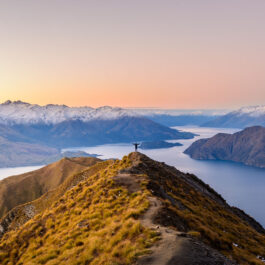
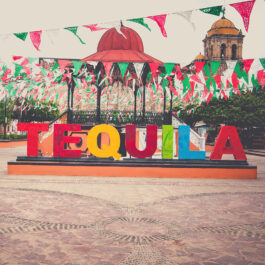
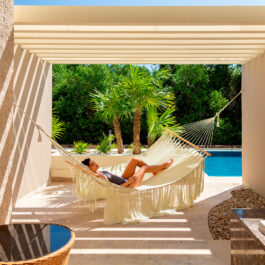
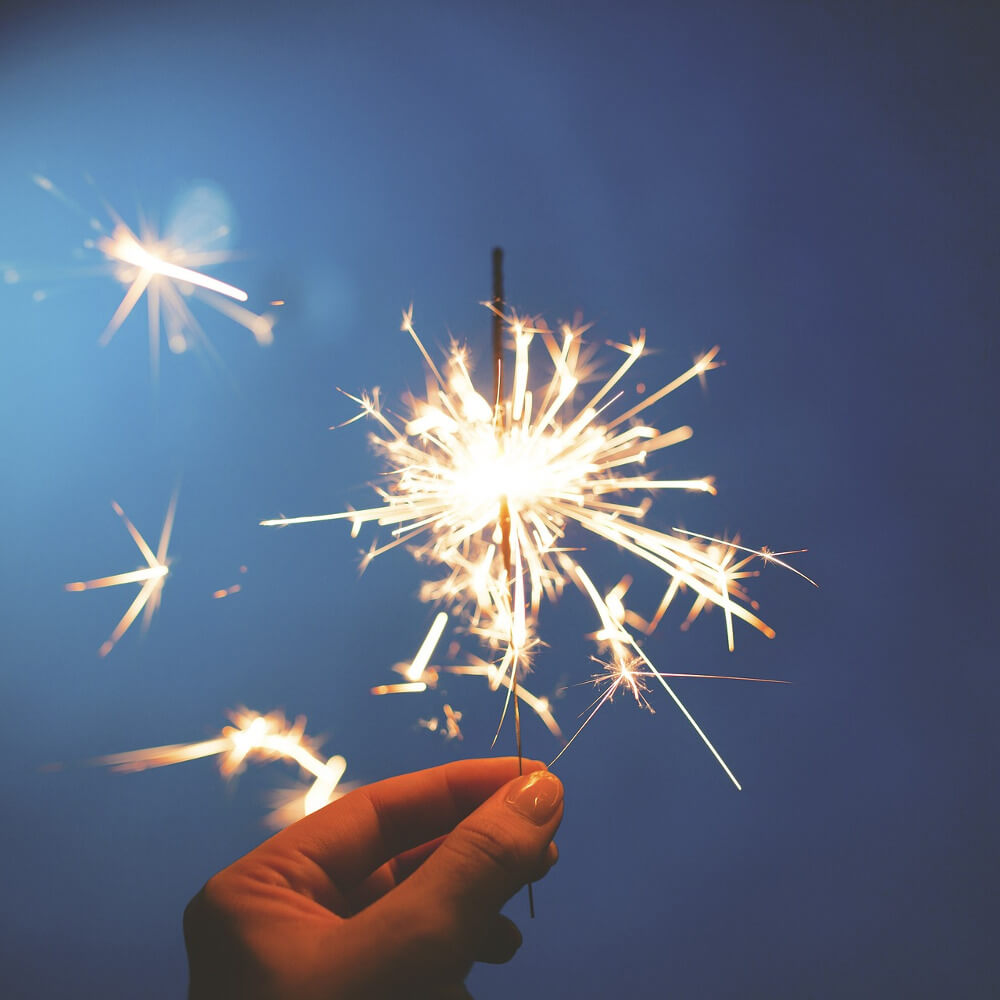

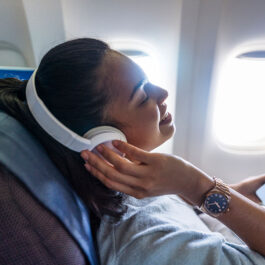
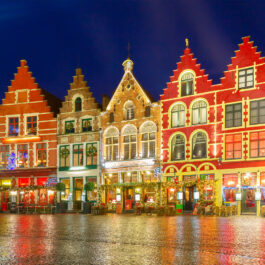
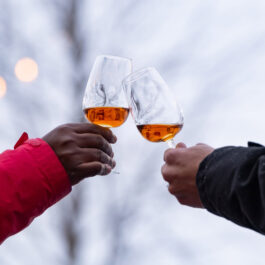
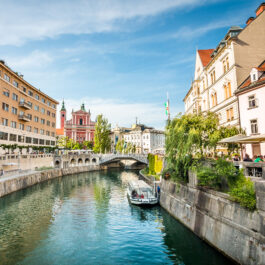
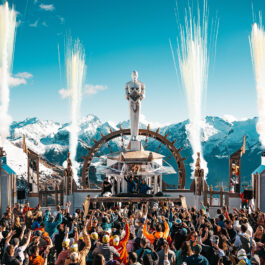
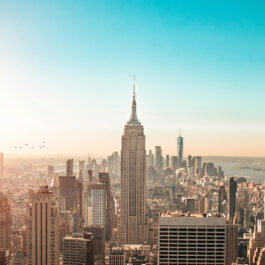
Sorry, the comment form is closed at this time.